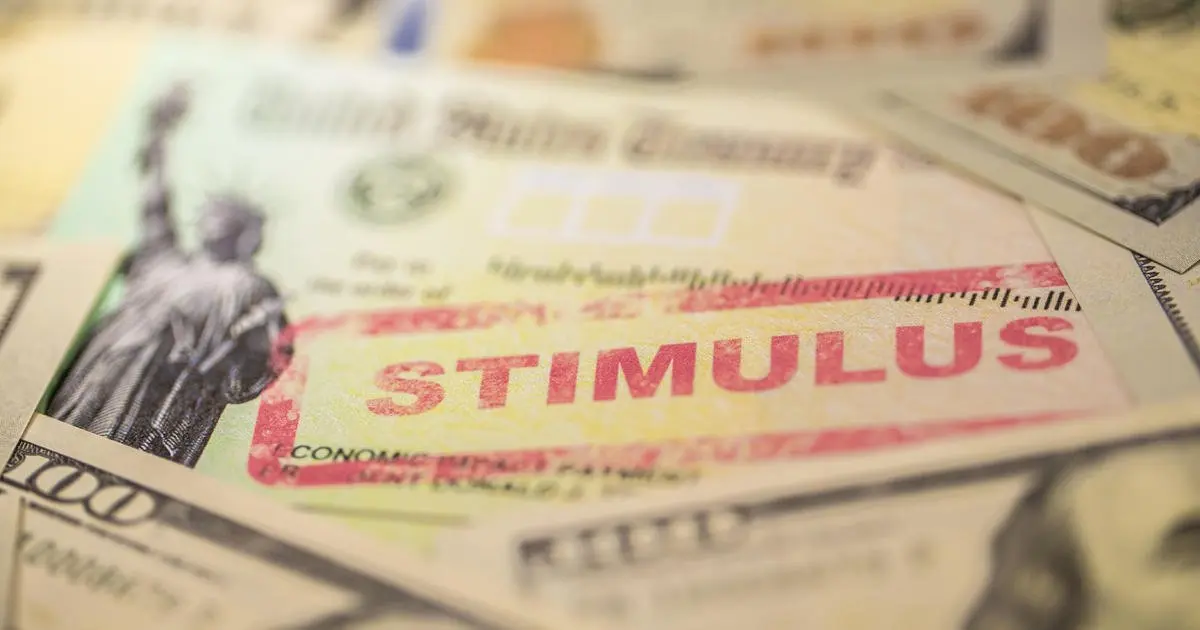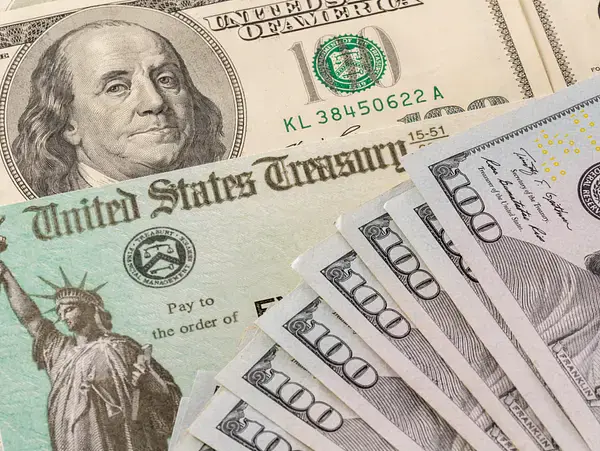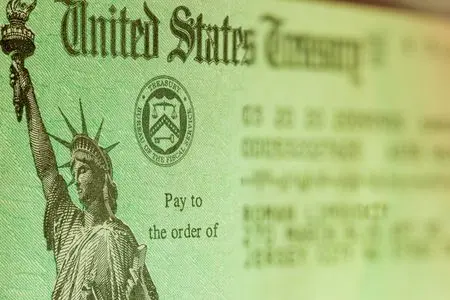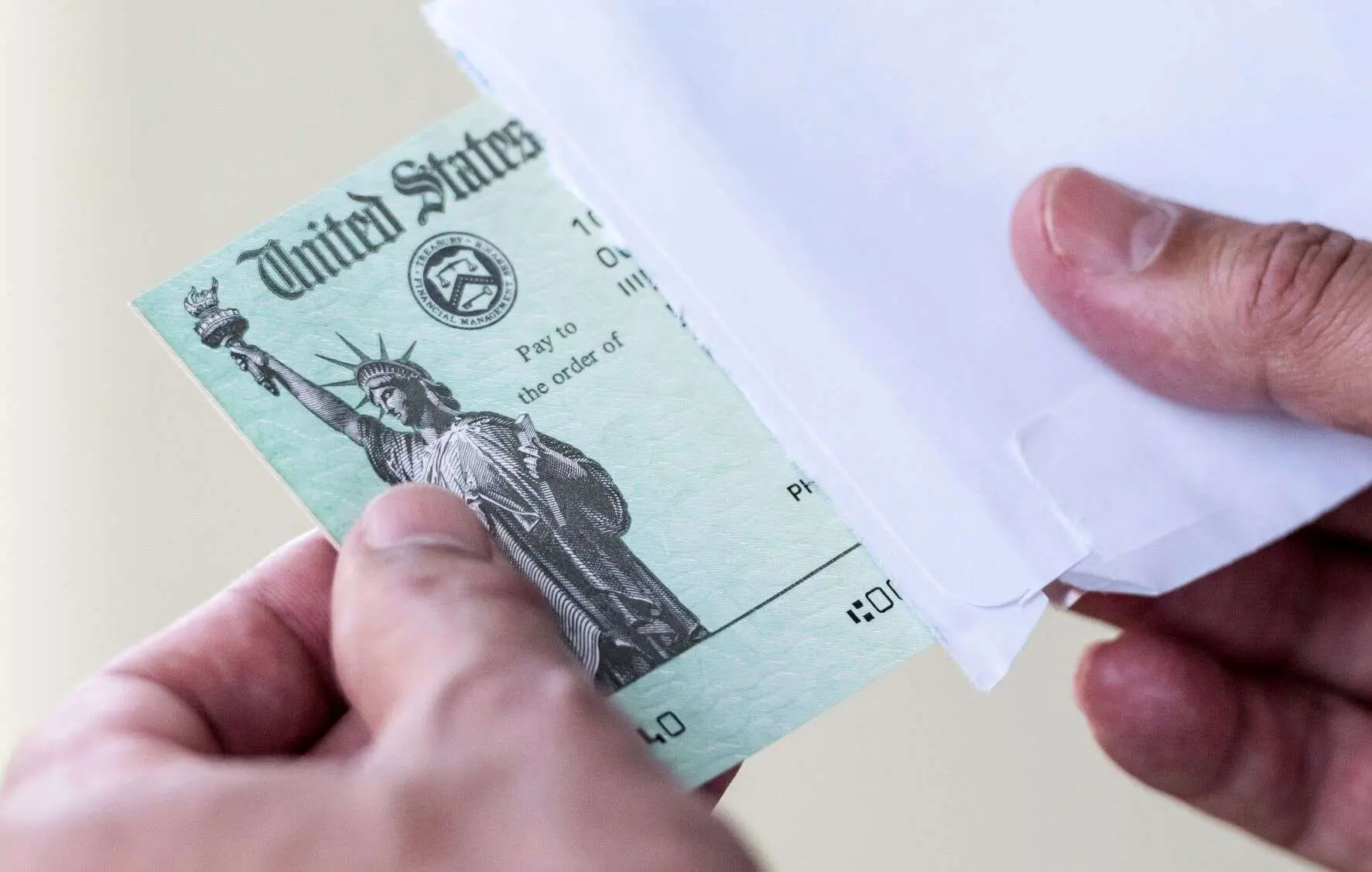
🏛️ Federal Stimulus Checks in 2025: The Current Status
The federal government has not approved a fourth round of stimulus checks as of 2025. The last federal payments were issued in 2021 under the American Rescue Plan Act, providing $1,400 per eligible person. Since then, Congress has shifted its focus to inflation control, childcare credits, and unemployment benefits.
That said, discussions around targeted relief continue — especially for low-income families and seniors affected by inflation. Lawmakers have proposed expanding Child Tax Credits and Earned Income Tax Credits (EITC), but no new direct federal stimulus checks have been signed into law.
🏠 State-Level Stimulus and Relief Programs in 2025
While the federal government is quiet, many states are launching their own relief initiatives to support residents struggling with inflation, rent, and energy costs. Here’s a quick comparison of 2025 state stimulus programs currently active or proposed:
| State | Payment Name / Program | Amount | Eligibility Highlights | Expected Payout Date |
|---|---|---|---|---|
| California | Middle-Class Tax Refund (Round 2) | Up to $500 | Income under $150,000 | Spring 2025 |
| New York | Energy Bill Credit Program | $200–$400 | Utility customers with low income | Ongoing |
| Texas | Inflation Relief Rebate | $250 per adult | Filed 2023 state taxes | Early 2025 |
| Florida | Back-to-School Rebate | $450 per child | Families with dependents | August 2025 |
| Illinois | Property Tax Relief | $300 average | Homeowners under income limits | Summer 2025 |
| Washington | Working Families Tax Credit | Up to $1,200 | Low- to moderate-income households | February 2025 |
💡 How to Check If You Qualify
To see if you’re eligible for a state stimulus payment, visit your state Department of Revenue or tax authority website. Most programs require you to have filed a 2023 or 2024 state income tax return. You may also qualify automatically if you receive benefits such as:
- SNAP (Supplemental Nutrition Assistance Program)
- SSI (Supplemental Security Income)
- Unemployment Compensation
👉 Pro tip: Even if you didn’t file taxes, you may still be eligible for a payment if your state allows non-filer registration or rebate applications.
💸 Key Differences Between Federal and State Stimulus
| Category | Federal Stimulus | State Stimulus |
|---|---|---|
| Source of Funding | U.S. Treasury | State budgets or surplus funds |
| Distribution | IRS (direct deposit or check) | State tax agency |
| Frequency | Nationwide, 3 major rounds (2020–2021) | Varies by state; often annual or one-time |
| Eligibility | Based on federal AGI | Based on state-specific rules |
| Example | CARES Act, American Rescue Plan | California MCTR, Washington WFTC |
While federal payments are uniform and broad, state payments are more targeted — focusing on inflation relief, energy costs, or property tax credits.
📅 What to Expect in 2025 and Beyond
Experts say there’s low probability of a new nationwide stimulus package in 2025 unless the U.S. economy faces a major downturn. However, state governments are likely to continue offering rebates and credits funded by budget surpluses or inflation-relief measures.
If you’re hoping for extra financial support:
- Monitor your state’s Department of Revenue updates.
- File taxes early to ensure eligibility.
- Sign up for IRS or state refund alerts.
✅ Final Thoughts
While there are no new federal stimulus checks in 2025, millions of Americans could still receive state-level relief payments. Keep an eye on your state’s announcements, stay up to date with IRS news, and make sure your banking and address information are current to avoid missing out on potential funds. 💰





